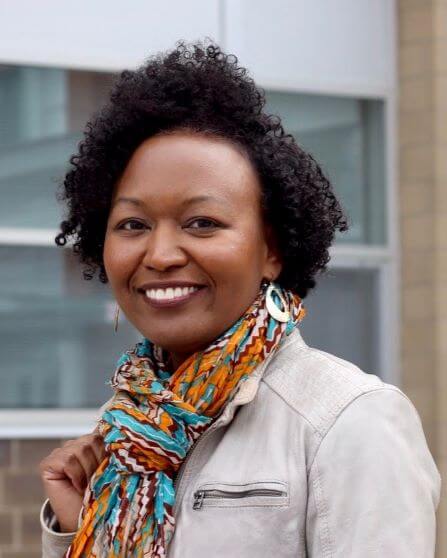- Home
- About Us
- The Team / Contact Us
- Books and Resources
- Privacy Policy
- Nonprofit Employer of Choice Award

 In April I facilitated a session on gender analytics at the Gender Analytics: Possibilities Conference, hosted by the Institute for Gender and the Economy, out of Rotman School of Management. The workshop was structured as an integration session specifically for the nonprofit sector.
In April I facilitated a session on gender analytics at the Gender Analytics: Possibilities Conference, hosted by the Institute for Gender and the Economy, out of Rotman School of Management. The workshop was structured as an integration session specifically for the nonprofit sector.
In conversation with the participants about what they wanted to explore during our time together, the theme of moving beyond theory and into action emerged. I estimate 95% of participant questions revolved around how to drive change and foster more inclusive processes in our day-to-day work.
Someone who worked in communications wanted to explore how gender analytics can be applied as they try to amplify the experiences of a diversity of women and gender diverse folx. Another person contributed that their organization is having conversations about decolonizing data and making shifts in their research and evaluation practices. This desire for knowledge related to the “how to” of gender equity wasn’t surprising, considering my previous research with the Institute for Gender and the Economy in 2019, where we discovered a pressing need for both building skills and increasing awareness in gender analysis across the private, public, and nonprofit sectors.
Statistics on women's equality in the nonprofit sector in Canada, and stories from the field, point to the ongoing need and urgency of working and thinking differently.
Leadership
If we look at leadership roles in the sector, in 2019 the Ontario Nonprofit Network noted that in Ontario 75% to 80% of the workforce in the sector is women, however only 35% of executive director positions are held by women.
Women also face challenges in attaining equal representation on nonprofit boards. When it comes to nonprofit governance, the 2020 Diversity Leads by the Diversity Institute at Ryerson University, found that women make up 43.1% of board directors in the voluntary-sector surveyed and 11.6% are racialized board directors. Disparities are further compounded for women from marginalized communities; Black women, women of colour, Indigenous women, and immigrant women face additional barriers and systemic biases that hinder their advancement and equal participation within the nonprofit sector.
It’s 2023 and the inequities persist, and the nonprofit sector is not immune to the impacts and legacy of colonization. In fact, it is founded on—and structurally supports—principles of systemic racism and capitalism.
While it is crucial to build our awareness and skills in the area of gender analysis, (and get to the “how to”) we must not overlook the significance of framing the problem correctly and deepening our understanding of systemic barriers and the experiences of excluded communities. By focusing on “the why” and addressing core issues, we can lay a solid foundation for integrating gender analytics as a consistent and sustained practice within teams and organizations.
Redefining the problem
Albert Einstein said, "If I were given one hour to save the planet, I would spend 59 minutes defining the problem and one minute resolving it." This quote resonates deeply with the essence of gender analysis. Before rushing into solutions based solely on our own perspectives and business-as-usual thinking, we must take the vital first step of exploring and redefining the problem statement.
Collaborating with a diverse group of individuals or team members enables us to expand our thinking, understand context, and gain insights into the experiences of end-users and communities. Engaging with communities and developing participatory approaches helps us challenge assumptions, validate hypotheses, and create innovative solutions that are more inclusive.
It’s time for leaders and board members to consider the impact of business-as-usual practices and reflect on whether they align with current values and desired ways of working. I have worked with leaders in the sector that are reframing equity and inclusion in order to shift perspectives. For example, reframing equity as a health and safety issue opens up new conversations about the roles and responsibilities of employers and leaders. Gender analytics can challenge the notion of business-as-usual, starting with a thorough examination of the problem statement and gaining clarity on the context which, in turn, expands our thinking and disrupts the status quo.
During the conference, my cohort of nonprofit leaders asked additional "why" and "what" questions:
While it is crucial to delve into the "how to" and develop our capacity in gender analytics, it is equally important to deepen our understanding of the context, systems, and lived experiences of marginalized communities.
Chanel Grenaway has over 20 years of experience in the nonprofit sector focused on integrating equity and intersectionality practice into workplace cultures. She has worked with Foundations, multi-service nonprofit agencies and academic institutions. She currently supports leaders to improve their equity and inclusion outcomes through equity assessments, training and knowledge building, community engagement, and action planning. www.chanelgrenaway.com